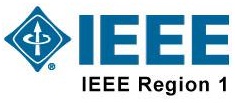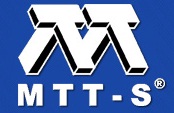Tutorials - Sunday, September 20
This two part tutorial is intended to acquaint participants with GENI testbed federation and the special capabilities of the ExoGENI testbed federated into GENI. The first part of the tutorial is a presentation on the current and planned infrastructure, architecture, and capabilities of ExoGENI along with a demonstration of these capabilities. Topics include private clouds (OpenStack), dynamic circuit provisioning (Internet2 AL2S, ESnet), network description language (NDL), and Open Resource Control Architecture (ORCA), and highperformance and distributed computing (Hadoop, MPI, HTCondor, Pegasus workflows).
The second half of the tutorial will be handson. Participants will start by acquiring GENI credentials, and using those credentials to create simple ‘slices’ of infrastructure. Finally, participants will create more advanced slices suitable for launching distributed Hadoop applications. NOTE: Each attendee should plan to bring his/her own laptop with OS-X, Windows, or Linux, in order to be able to participate.
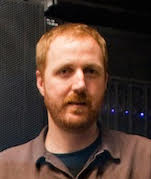

This tutorial provides an in-depth review of the role of spectrum availability and its characteristics on the evolution of cellular systems over time, leading to 5G. The tutorial starts with an overview of the regulatory process for allocation and identification of spectrum on a global basis, with specific attention to the US domestic processes and spectrum policies. Next, use cases and scenarios envisaged for 5G and their associated technical requirements, implications on spectrum, and mutual dependencies are being discussed. This will be followed by a review of spectrum ranges considered in various parts of the world as potentially suitable for 5G and various research and development activities underway towards enabling 5G including channel modelling and prototyping efforts. In addition, various challenges, and potential solutions, for utilization of various frequencies for 5G are discussed in detail including propagation impairments, challenges in antenna and RF design, and coexistence with incumbent services. At the end, a methodology for estimation of the amount of spectrum needed for support of 5G services and applications is being described.
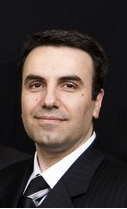
Heterogeneous optical networks
Through this tutorial, the audience will learn the future of optical networks. The optical networks should be platform of diverse services with high-speed and energy efficiency. Combination of packet switching and circuit switching can provide different unique services such as daily Web access, sensor data gathering, IoT services (e.g., watch over, self-health check), high-precise interactive video conference, and remote surgery. It is also promising technology in applying to large scale data centers. From viewpoint of the optical system, the bursty feature increases the hurdles to be solved for stability of the system. The instructor will address optical packet switching, optical circuit switching, and its integration in the optical domain. Optical components in the node and control and management technologies for the network are also introduced. He also will show the deployment trial of the hybrid Optical Packet-Circuit Integrated (OPCI) nodes.
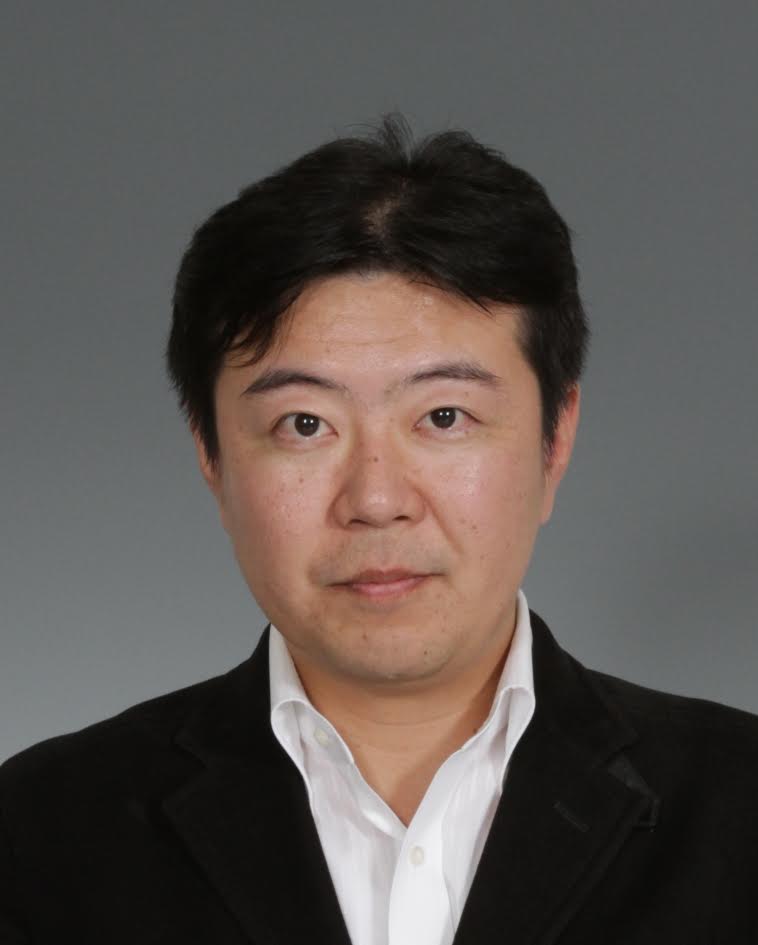
Heterogeneous optical networks
This tutorial will provide an overview of Juniper Networks Contrail and the OpenSource project - OpenContrail, which is a simple, open, and agile software-defined networking solution that automates and orchestrates the creation of highly-scalable virtual networks. These virtual networks let you harness the power of the cloud—for new services, increased business agility, and revenue growth. Service providers can use Contrail to enable a range of innovative new services, including cloud-based offerings and virtualized managed services. For enterprises, Contrail can increase business agility by enabling the migration of applications and IT resources to more flexible private or hybrid cloud environments. The program encompasses the concepts of orchestration, virtualization and virtual network control; the functional architecture and “building blocks” of the Contrail system; various Service Provider and Enterprise use cases; a basic introduction to the Contrail APIs and Analytics Engine; and service chaining architectures. The hands-on portion of the session will offer attendees the opportunity to familiarize themselves with the Contrail user command/GUI interface for basic system configuration and service provisioning.
NOTE: All attendees should bring a standard laptop for access to an OpenStack/Contrail “sandbox” provided by Juniper’s OpenLab based in Bridgewater, NJ.

Networking of unmanned aerial vehicles (UAV) has emerged as an important research field over the past few years. The industry, federal organizations, and universities have started exploring the civilian applications of aerial networks involving UAVs. UAVs have already proven to be efficient and economical in many applications including border and port surveillance, earth and atmospheric studies, monitoring events such as forest fires, protecting critical infrastructure, and environmental monitoring, among others. With the proposed integration of UAS into National Airspace System (NAS) by FAA, numerous other civilian applications including pipeline patrol, law enforcement, cargo delivery, border patrol, and critical infrastructure protection are being envisioned. The use of UAVs leads to significant cost benefits in such applications.
This tutorial provides a broad overview of UAV networking and communications and outlines the state of the art, research challenges and opportunities that are opened up in this emerging field. It covers topics ranging from physical layer communications, disruption-tolerant networking, aerial WiFi networks, integration of UAVs in the National Airspace, information security and privacy aspects of UAVs, cooperating UAVs and swarming, and real world applications of UAVs. It is tailored for students and professionals pursuing research and exploring new opportunities.
Namuduri led a team that demonstrated “Integrating an Aerial Base Station with a City’s Emergency Communication Grid” during the Global City Teams Challenge organized by NIST and US Ignite. This expo was held on June 1st, 2015 in Washington DC.
For more information visit https://www.sarnoffsymposium.
Download a Sarnoff Poster




